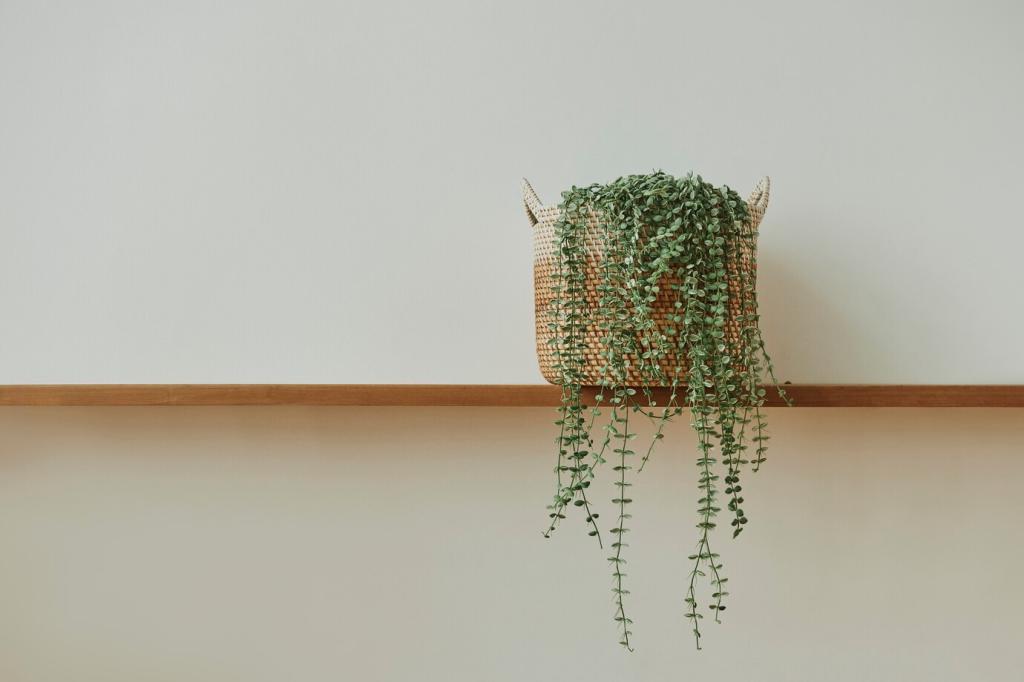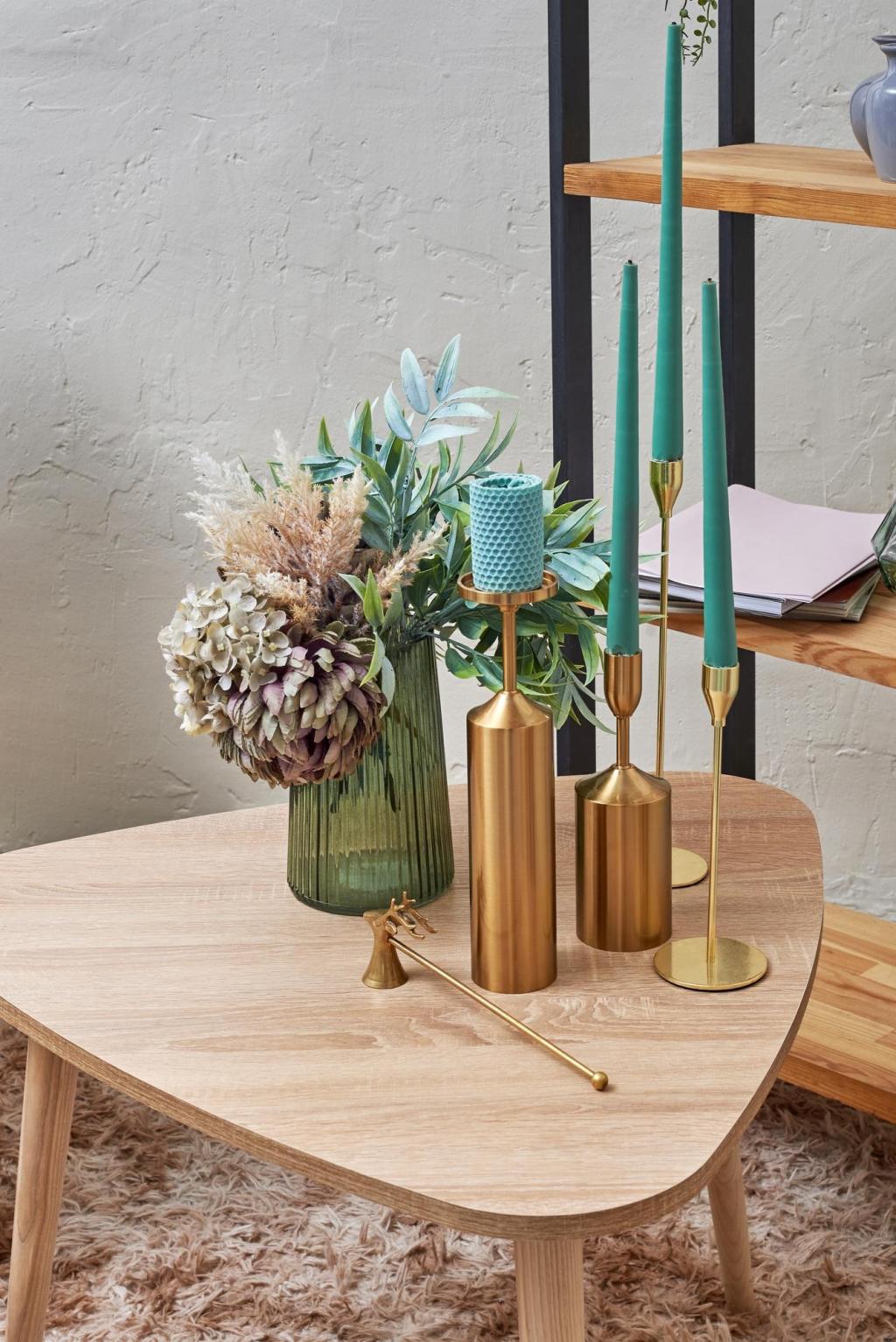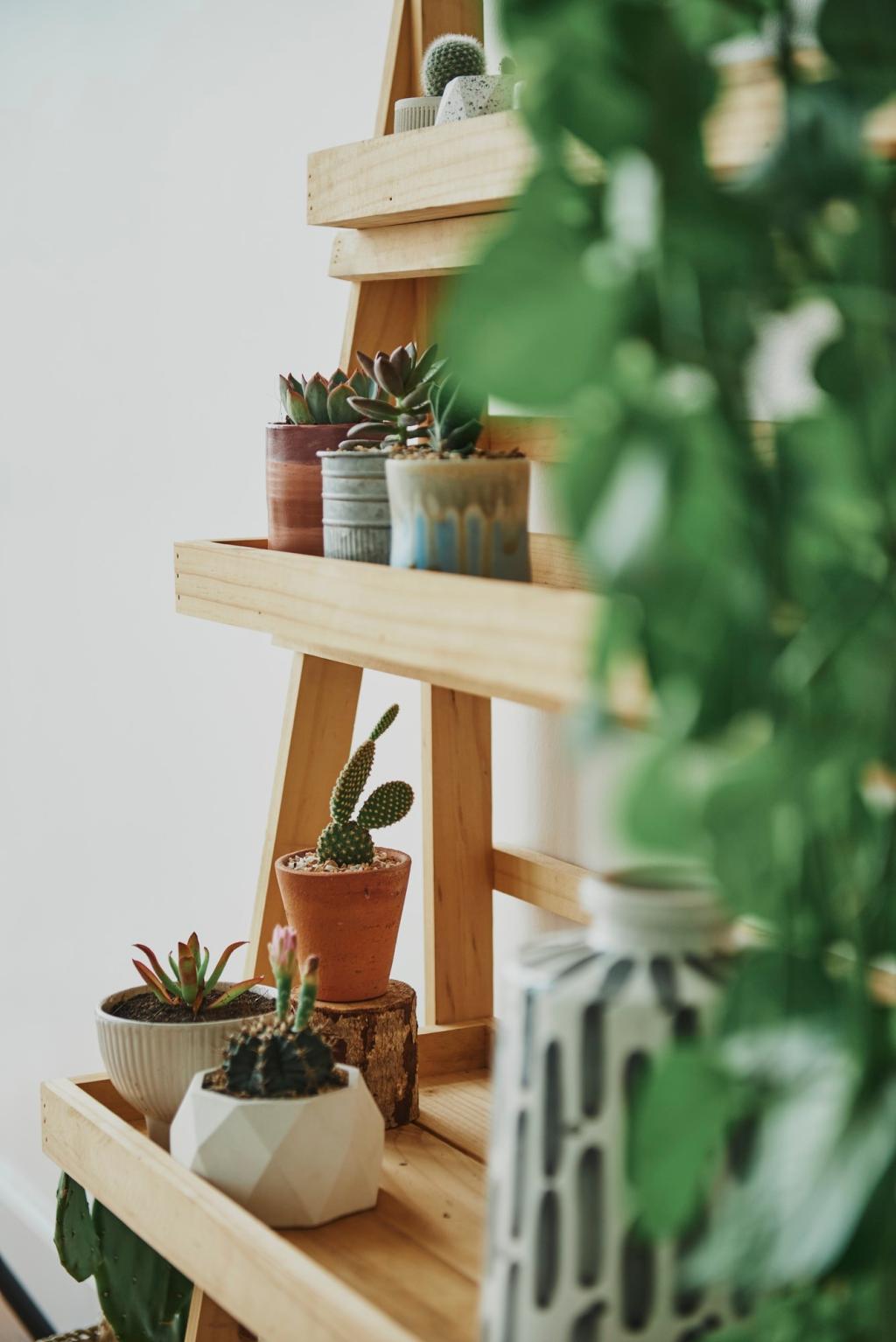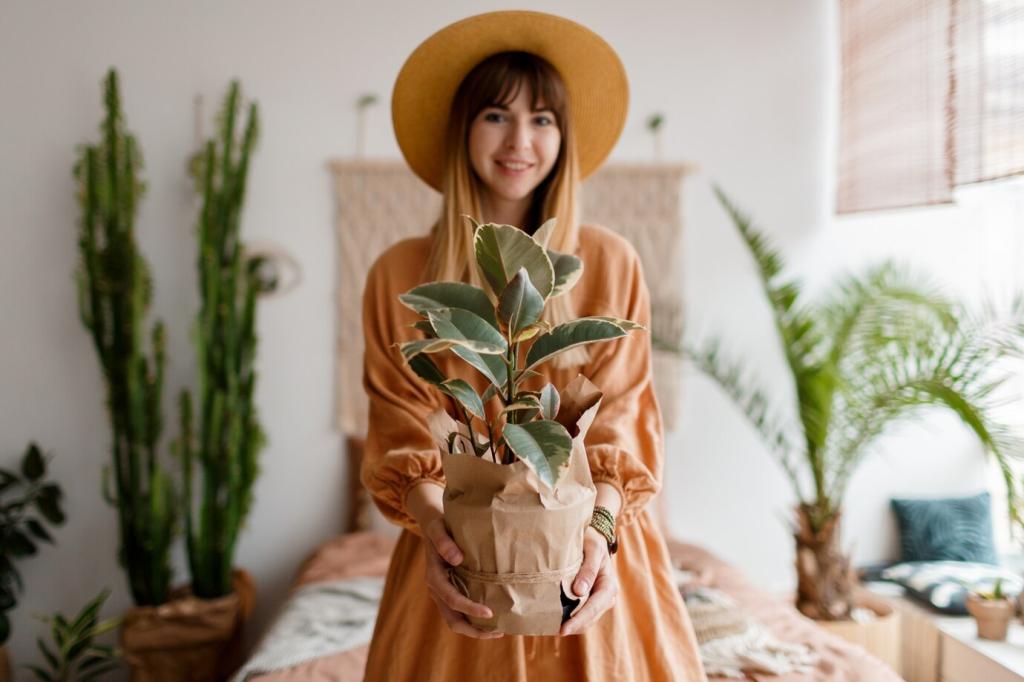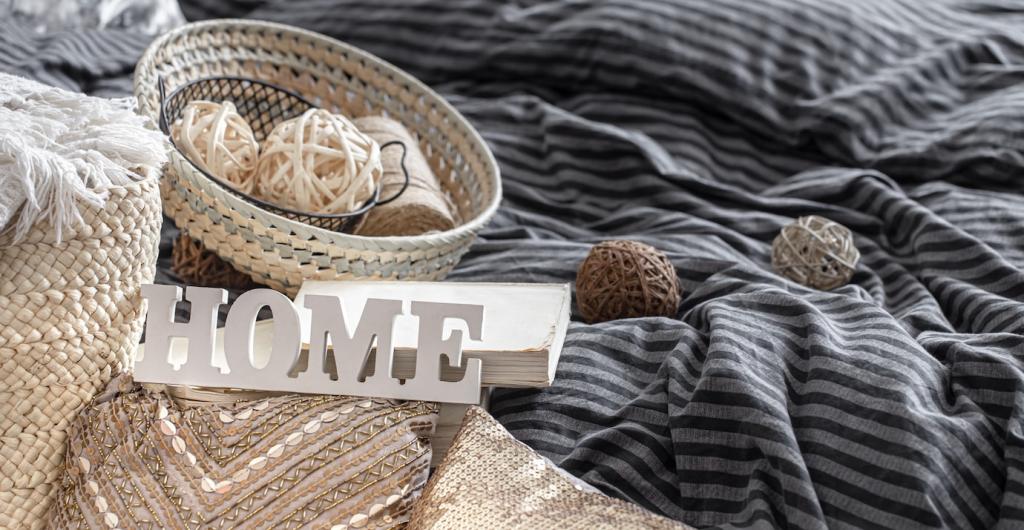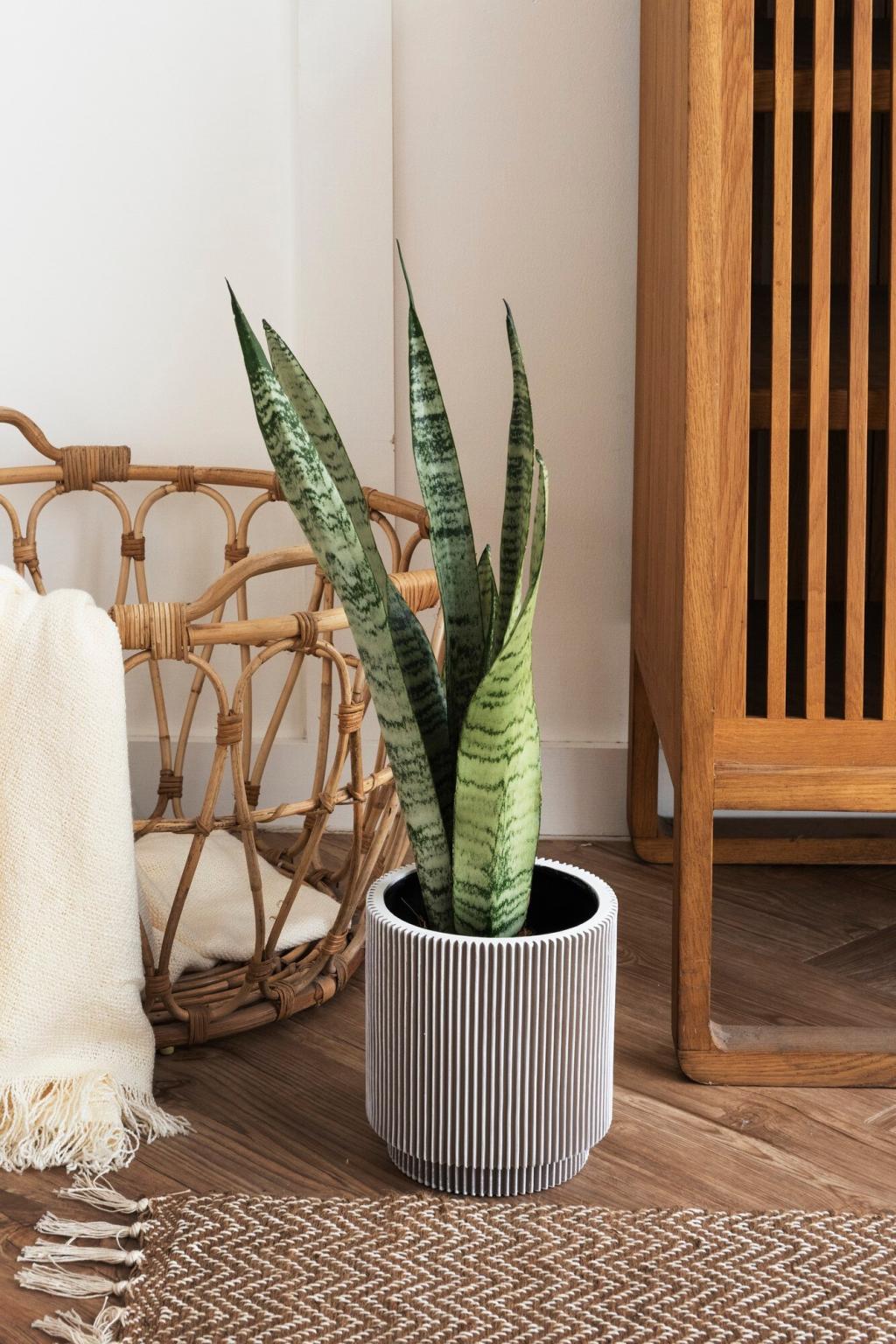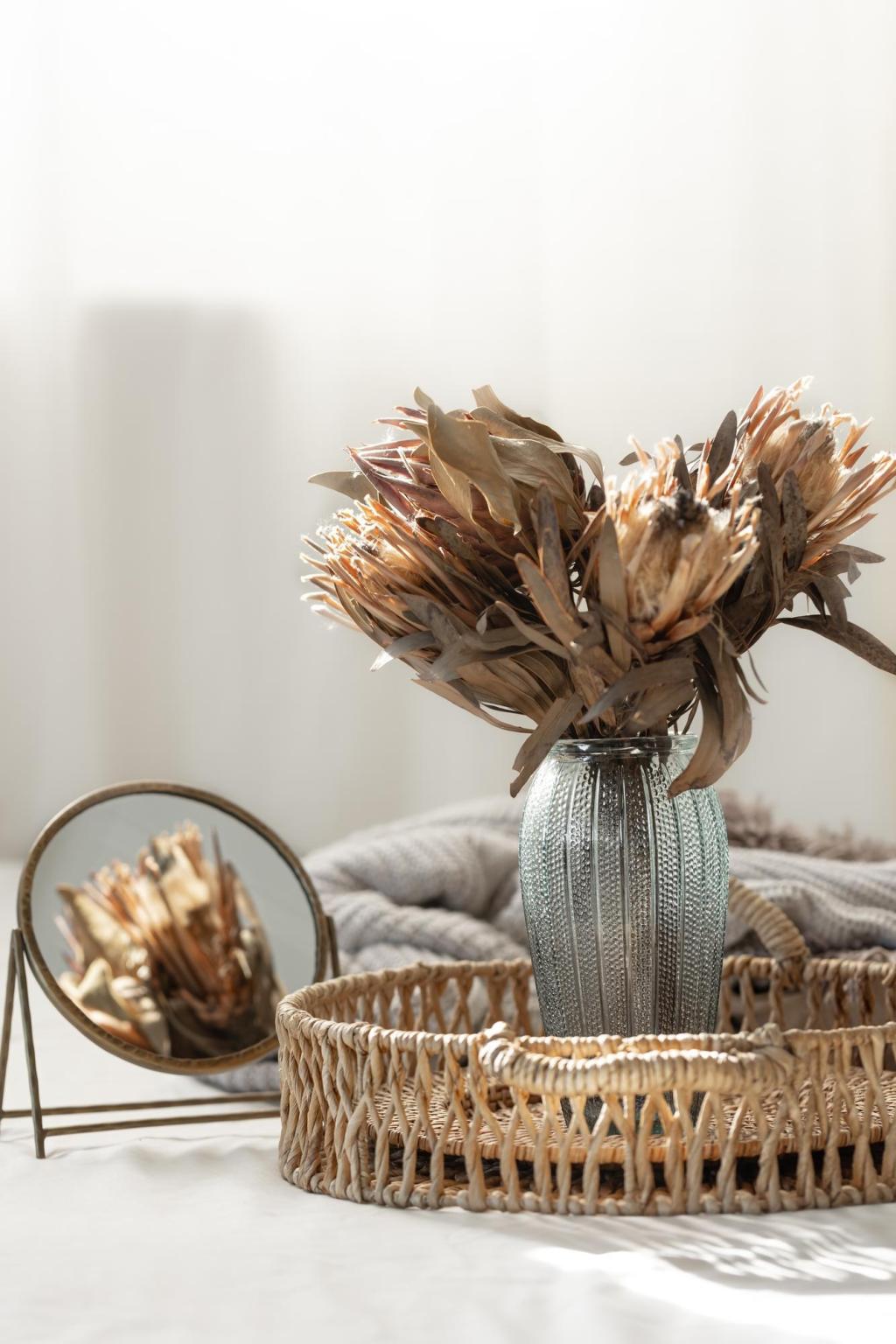Light, Air, and the Biophilic Calm
Start with the sun. Use pale walls, high-reflectance finishes, and simple window treatments to bounce natural light deeper indoors. Then supplement with targeted LEDs, dimmers, and task lamps, reducing glare while saving significant energy.
Light, Air, and the Biophilic Calm
Position openings to create a gentle cross-breeze and let stale air drift away. Layer resilient, low-maintenance plants like snake plant and pothos. They soften minimal lines, stabilize humidity, and connect your senses to daily natural rhythms.
Light, Air, and the Biophilic Calm
Calm is not only visual. Use wool rugs, cork underlayment, and linen curtains to absorb echoes in pared-back rooms. Softer acoustics reduce stress and make your home a restorative, conversation-friendly sanctuary for everyone.

